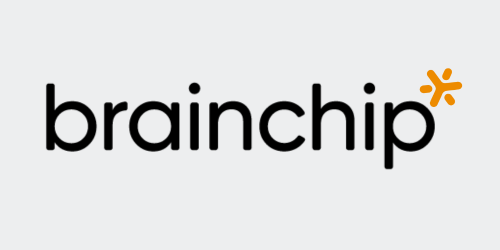Whacko-the-diddle-oh! This looks interesting!
The KI Delta Learning project is being funded by the German Federal Ministry for Economic Affairs and Energy. In addition to Porsche Engineering, partners include BMW, CARIAD and Mercedes-Benz, major suppliers such as Bosch, and nine universities, including the Technical University of Munich and the University of Stuttgart.
Valeo Schalter und Sensoren GmbH
slide 1 of 1
Valeo Schalter und Sensoren GmbH
Valeo is an automotive supplier, partner to all automakers worldwide. As a technology company, Valeo proposes innovative products and systems that contribute to the reduction of CO2 emissions and to the development of intuitive driving. In 2019, the Group generated sales of 19.2 billion euros and invested 13% of its original equipment sales in Research and Development. Valeo has 190 plants, 20 research centers, 43 development centers and 15 distribution platforms, and at June 30, 2020 employed 102,400 people in 33 countries worldwide.
Valeo is today the world's leading supplier of sensors for driver assistance. Since the 1980s, Valeo has been developing sensors for driver assistance in the fields of ultrasound, radar, lidar, cameras and laser scanners.
Valeo maintains its own network of research sites (DAR - Driving Assistance Research) in Paris, Kronach and San Francisco. In 2017, Valeo created the Valeo.ai research centre in Paris, which is the first research centre in the field of AI and machine learning for ADAS and autonomous driving. Valeo also collaborates with universities and finances a number of doctoral theses.
Referring to the KI Delta Learning project, Valeo contributes its expertise in algorithms for sensors, ultrasound, radar, lidar, cameras and laser scanners. Valeo is particularly active in the fields of artificial intelligence and testing and validation. Here, particularly in the field of laser scanners and cameras, research into new sensor technologies is being carried out which will be used for sensor technologies after 2020.
Valeo's main focus in this project is to study the impact of using different sensor systems, with a focus on lidar and camera, in different scenarios (e.g. day and night), on the performance and capabilities in terms of domain adaptation of models. Furthermore, the processing and modification (augmentation) of real and synthetic data to improve the quality of models using different approaches to augmentation (classical, GANs). Data acquisition with a variety of sensors in different environments, with annotations created in different ways. Finally, studies towards the implementation of models on embedded hardware with focus on quantization and pruning to reduce and accelerate neural networks.
KI Delta Learning is a project of the KI Familie. It was initiated and developed by the VDA Leitinitiative autonomous and connected driving and is funded by the Federal Ministry for Economic Affairs and Climate Action.
2022 © KI Delta Learning
Mercedes Benz AG
slide 1 of 1
Mercedes Benz AG
Mercedes-Benz AG is responsible for the global business of Mercedes-Benz Cars and Mercedes-Benz Vans with over 173,000 employeesworldwide. Ola Källenius is Chairman of the Board of Management of Mercedes-Benz AG. The company focuses on the development, production and sales of passenger cars, vans and services. Furthermore, the company aspires to be leading in the fields of connectivity, automated driving and alternative drives with its forward-looking innovations. The product portfolio comprises the Mercedes-Benz brand with the sub-brands Mercedes-AMG, Mercedes-Maybach and Mercedes me - as well as the smart brand, and the EQ product and technology brand for electric mobility.
Mercedes-Benz AG is one of the largest manufacturers of premium passenger cars. In 2019 it sold nearly 2.4 million cars and more than 438,000 vans. In its two business divisions, Mercedes-Benz AG is continually expanding its worldwide production network with over 40 production sites on four continents, while aligning itself to meet the requirements of electric mobility. At the same time, the company is developing its global battery production network on three continents. Sustainable actions play a decisive role in both business divisions.
To the company, sustainability means creating value for all stakeholders on a lasting basis: customers, employees, investors, business partners and the society as a whole. The basis for this is the sustainable business strategy of Daimler in which the company takes responsibility for the economic, ecological and social effects of its business activities and looks at the entire value chain.
In addition to leading the KI Delta Learning project, Mercedes-Benz will ensure a uniform and consistent evaluation across all projects and will address the robustness of the modules in open world scenarios as well as the invariance to domain changes. Further priorities are active learning and training organisation.
Subscribe to our newsletter and don’t miss anything.
KI Delta Learning is a project of the KI Familie. It was initiated and developed by the VDA Leitinitiative autonomous and connected driving and is funded by the Federal Ministry for Economic Affairs and Climate Action.
View attachment 17454
2022 © KI Delta Learning

www.ki-deltalearning.de

www.ki-deltalearning.de























